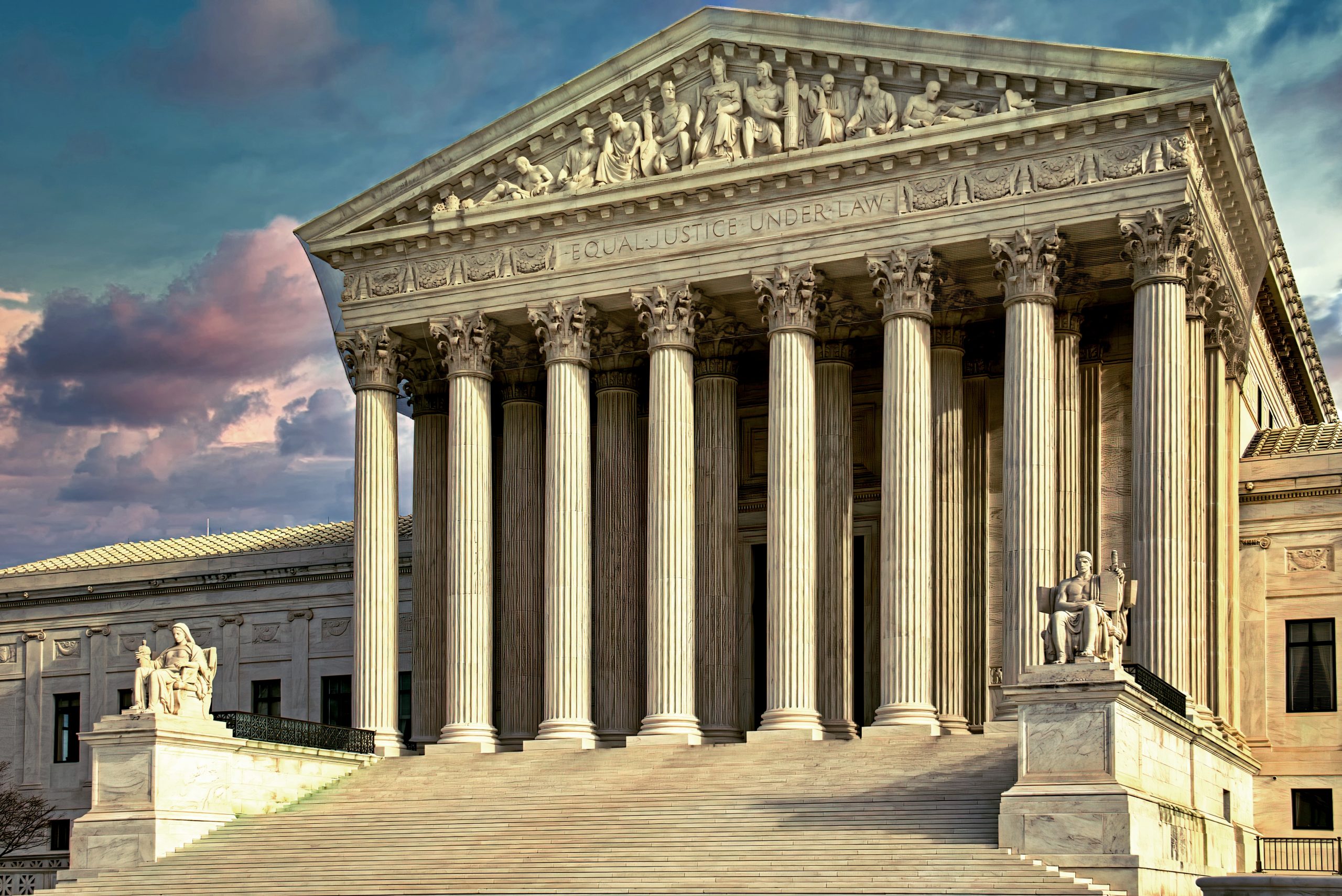The California Code of Civil Procedure Section 564 lists many of the traditional types of cases in which receivers may be appointed. They include, but are not limited to, the following: Preservation of a common fund or property in dispute and in danger of injury or dissipation;Rents, Issues and Profits (Real Estate);Substandard Housing – The…
What codes or laws may warrant the appointment of a Los Angeles Health & Safety Code Court Receiver?
In the State of California, there are numerous elements of the law that require landlords to provide housing in a reasonably safe and habitable manner. The duty of care that a landlord owes to its tenants, guests, and invitees requires that it uses ordinary care to comply with the rules of the road including numerous state codes.
California Business & Professions Code Sections 17200 et seq. obligates owners, managers, and/or controllers of a residential property that offers housing to consumers to provide habitable premises.
California Civil Code section 1941.1 and California Health & Safety Code Section 17920.3 contain the affirmative standard characteristics required for habitable units.
There is a warranty of habitability implied in every residential lease in the State of California. This is due to the expectations inherent in the relationship between landlords and tenants. Basic living requirements must be maintained during the entire tenancy.
When a landlord manages a building with willful disregard for tenant’s rights and there is evidence that the landlord knew that the premises was not fit for human occupancy and made a conscious decision to manage the property in a manner that results in it being in substandard and/or illegal condition, the appointment of a receiver may be warranted.
Property may be subject to inspections by the Los Angeles Housing and Community Investment Department and the Los Angeles Department of Public Health. These agencies may cite property owners for state, county, or city code violations.
The Los Angeles County code, title 11, Section 11.2.140 defines a substandard dwelling as “any dwelling, house court, dormitory, hotel, motel or apartment house which, through lack of maintenance or repair, generally endangers the life, limb, health, property, safety or welfare of the public, or of the occupants thereof.”
A court may find good cause for a health and safety receivership appointment when credible allegations of the foregoing conditions are made. A court-appointed receiver can take reasonable steps to perform repairs necessary to bring the property above and cure substandard conditions, thereby creating living conditions that are consistent with the applicable laws and codes.
Related Posts
A receivership can be structured in a variety of ways based on the nature of the dispute, the goals and objectives of the parties, the type of asset(s) that will be placed under the control of a receiver as well as the ruling of the court. There are two core types of receiverships – a…
All court receiverships are not created equally, but the life-cycle of a court receivership has similarities that can be seen in almost every case.




